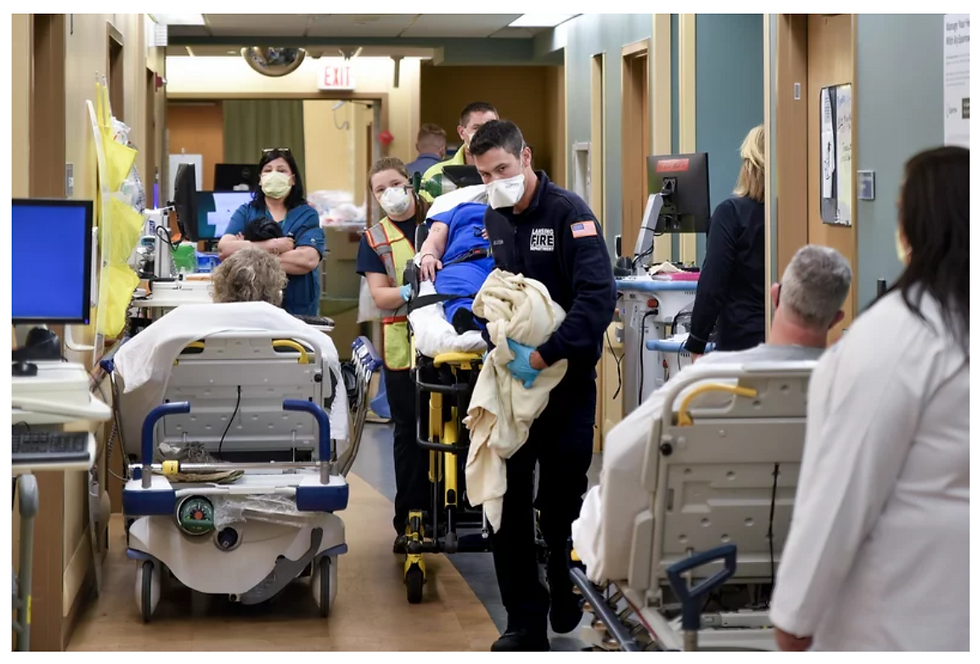The Importance of Organized Home Health and Hospice Wound Care
- katherinepiette
- Apr 12, 2017
- 2 min read
Updated: Mar 2, 2021

As a former home health and hospice manager responsible for overseeing quality improvement, I witnessed the following scenario playing out on daily basis. Let me set the stage. A patient is admitted to home health following a hospitalization for pneumonia. While in the hospital, the elderly patient acquires a pressure ulcer on his heel. The good news is that pressure ulcer was acquired on the hospital’s watch and not on our watch. Our nurse is dispatched to complete the admission visit. That nurse is a recent hire with no prior home health experience. She has come from acute care where she had limited exposure to identifying, staging, and treating wounds. At the admission visit, she assesses the patient’s heel ulcer, identifies it as a pressure ulcer, and documents it as a “Stage 2”.
Over the course of the episode, the ulcer requires frequent visits and dressing changes. Various nurses provide care for the patient over his stay. One of those nurses assesses the pressure ulcer and determines it is no longer a Stage 2 but is now a Stage 3.
As the end of the episode, clinical and financial scrutiny reveals that this is not a profitable episode due to frequent nursing visits and high wound supply costs. Additionally, under the new quality reporting measures there is indication of a worsening pressure ulcer.
In actuality, the clinical and financial outcomes could have been positively impacted by:
Initial appropriate staging of the wound - the new nurse mis-staged the wound at the admission.
With accurate initial staging, there would have been an increase in the non-routine supplies reimbursement.
With accurate initial staging, the agency’s quality score would not have been negatively impacted.
So, how could this be prevented?
Wound expertise - accurate identification of wound type and staging requires wound expertise. Having access to a board certified wound nurse is known to improve both home health and hospice wound care quality and financial outcomes.
Wound imaging technology - allows a wound expert to review wound images and photographs without traveling to the patient and therefore increasing their productivity.
Wound education - education, education, education is the key to improving identification of wound type, wound staging, application of wound supplies, and improving home health and hospice wound care.
Corstrata can assist with any and all of these. We offer wound imaging technologies that allows the home health or hospice visit nurse the ability to easily and quickly photograph and document a wound. This technology auto-measures the wound- length, width, and area. Corstrata’s board certified wound clinicians review the photograph and documentation to confirm etiology and staging and recommend the evidence-based, best practice treatment and related wound dressings. Corstrata also provides home health and hospice agencies with nursing CEUs including 20 1-hour sessions on wound related topics including wound basics, pressure injury prevention and management, and hospice and palliative wound care.





Comments